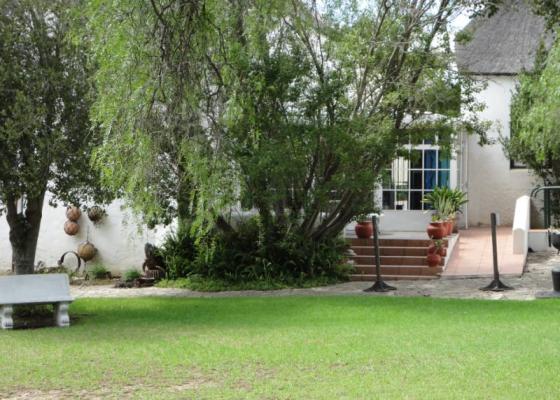

The tragic history of the Agulhas coastline is dramatically evoked at the Shipwreck Museum, situated in the south-western Cape town of Bredasdorp, 30 km from the coast.
The southernmost coastline of Africa is also one of its most dangerous parts - with an estimated 250 vessels and 2 500 people lost in its waters down through the centuries. No wonder, then, that generations of sailors have referred to this area as the 'ships' graveyard'.
The nearest town to this treacherous stretch of coast is Bredasdorp. Both Bredasdorp and the surrounding Strandveld owe much of their character and history to the ships and wreckage that fate so often washed up on their doorstep.
The farming community was unavoidably drawn into the tragedies that occurred along the coast: sometimes being involved in actual rescue attempts and often giving shelter to survivors. Inevitably, local traditions were influenced by foreign customs and habits: a number of survivors chose to settle in the area and brought valuable skills to it - many being builders, carpenters and cabinet-makers.
The region even has its own special architecture which includes thatched roofs and end gables. As timber was scarce in this barren landscape, window frames, doors, rafters and other items were fashioned out of wood from shipwrecks.
The museum is housed in a historical building in the centre of town. A series of scale models demonstrates the death throes of a ship until its final disintegration, when it is buried by sand. The bulk of the exhibits are the artefacts and remains from four of the area's biggest wrecks, notably the Arniston, the Birkenhead, the Queen of the Thames and the Oriental Pioneer.
Over the years, many spurious accounts have been written about the sinking of the Birkenhead paddle steamer off Danger Point. However, what does emerge from the wild tales of heroism is that the famous nautical tradition of 'women and children first' was established then, when the seven women and 13 children were ushered aboard a cutter which reached the shore safely.
Owing to a number of blunders, the death toll was far higher than it might have been. In the end, 454 men perished, with a total of 184 survivors.
Another aspect of the Shipwreck Museum is the Cape Agulhas Lighthouse, 40km away. By the time the lighthouse became operational in 1849, it was long overdue, as many ships rounding Africa's southernmost tip had already come to grief.
The first lamp that was used produced a beam of 4 500 candlepower which was fuelled from oil obtained from the tails of local fat-tailed sheep. A rotating optical system was used from 1914 and an electric light of 12 million candlepower was introduced in 1936.
Contact
6 Independent Street, Bredasdorp
Telephone: 028 424 1240


